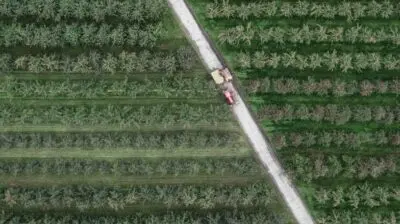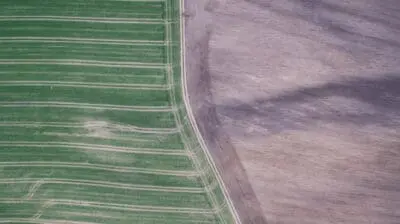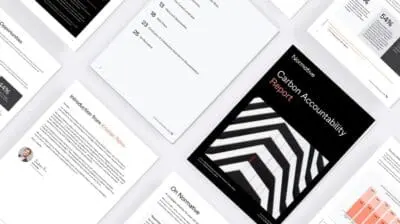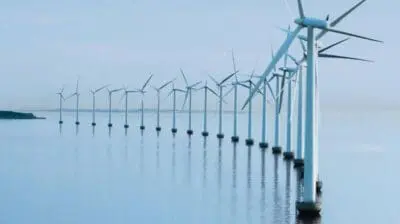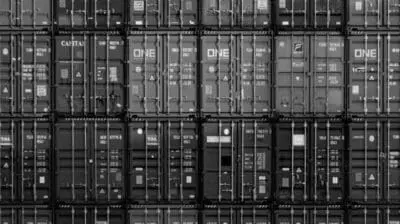The emissions costs of common materials & activities
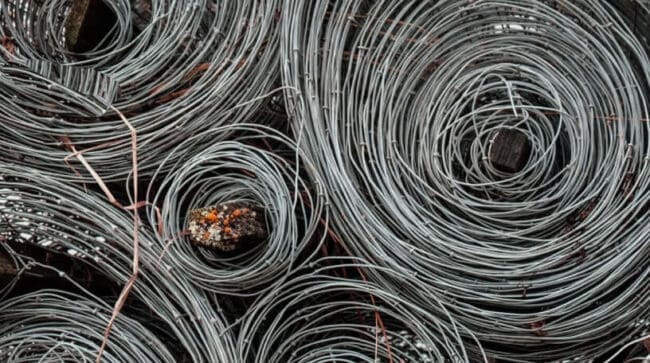
Reducing emissions means choosing lower-carbon alternatives.
Reducing upstream value chain emissions requires businesses to choose lower-emitting alternatives. To do so, businesses first need to know the emissions of the potential activities they could perform as well as the products and services they could buy.
The most accurate emissions estimates come from activity data: data specifying how many units of a particular product or material a company has purchased.
Once a business has activity data, it can use emission factors to calculate the resulting emissions. An emission factor is a measure of the amount of emissions associated with a unit of the activity (e.g. kilograms of CO2e emitted per kilogram of aluminum, kilometer of truck transport, or square meter of textile).
These emission factors come from scientific studies. Normative’s carbon accounting engine collects emission factors from a range of sources to provide emission estimates that are as accurate and up-to-date as possible.
In the table below, find the average emissions of some commonly-used materials and activities.
The emissions costs of common materials and activities
| Emissions (kg CO2e) | Unit | Source | |
|---|---|---|---|
| HDPE (High-density polyethylene) | 2.00 | kg | Idemat |
| PET (Polyethylene terephthalate) | 3.50 | kg | Idemat |
| PVC (Polyvinylchloride) | 2.10 | kg | Idemat |
| Transport by HGV (heavy goods vehicle) | 0.87 | km | Defra |
| Aviation gasoline | 2.29 | liters | Defra |
| Average car (petrol) | 0.17 | km | Defra |
| Average car (EV) | 0.00 | km | Defra |
| Average car (hybrid) | 0.12 | km | Defra |
| Average car (diesel) | 0.17 | km | Defra |
| Board and recycled paper | 0.50 | kg | Idemat |
| Paper (virgin, 80g/m2) | 0.10 | m2 | Idemat |
| Wood (class 2) | 0.31 | kg | Defra |
| Petrol | 2.31 | liters | Defra |
| Virgin glass bottles | 1.10 | kg | Idemat |
| Recycled glass bottles | 0.64 | kg | Idemat |
This information is actionable: knowing the emissions of various common materials helps you decide where to switch to lower-carbon options.
For example, say your soda company uses 1,000 kilograms of glass bottles in a year. By switching from virgin glass to recycled glass, you’ll reduce those emissions from 1,100 kg CO2e to 640 kg CO2e – a 42% decrease.
While the above emissions estimates may vary by region and supplier, you can use these averages as a starting point for conversations with suppliers about how to reduce emissions.
Accurate emissions calculations to drive effective action
Normative draws from 30 million data points to calculate your business’s full greenhouse gas emissions.


